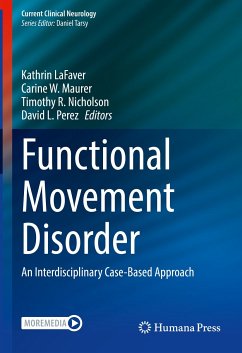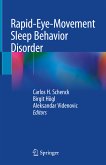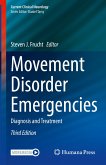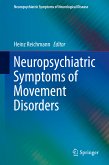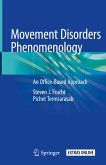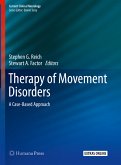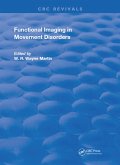This book is a practical manual for clinical practitioners seeking to take an interdisciplinary and multidisciplinary approach to the diagnosis and management of functional movement disorder (FMD). It discusses case vignettes, reviews the diagnostic approach, provides an update on available treatments, highlights clinical pearls and details references for further reading.
Organized into three parts, the book begins with a framework for conceptualizing FMD - including its historical context, the biopsychosocial model and an integrated neurologic-psychiatric perspective towards overcoming mind-body dualism. Part II then provides a comprehensive overview of different FMD presentations including tremor, dystonia, gait disorders, and limb weakness, as well as common non-motor issues such as pain and cognitive symptoms. The book concludes with chapters on updated practices in delivering the diagnosis, working with patients and care partners to achieve shared understanding of a complex condition, as well as an overview of evidence-based and evolving treatments.
Supplemented with high-quality patient videos, Functional Movement Disorder is written for practicing neurologists, psychiatrists, psychologists, allied mental health professionals, and rehabilitation experts with an interest in learning more about diagnosis and management of FMD.
Organized into three parts, the book begins with a framework for conceptualizing FMD - including its historical context, the biopsychosocial model and an integrated neurologic-psychiatric perspective towards overcoming mind-body dualism. Part II then provides a comprehensive overview of different FMD presentations including tremor, dystonia, gait disorders, and limb weakness, as well as common non-motor issues such as pain and cognitive symptoms. The book concludes with chapters on updated practices in delivering the diagnosis, working with patients and care partners to achieve shared understanding of a complex condition, as well as an overview of evidence-based and evolving treatments.
Supplemented with high-quality patient videos, Functional Movement Disorder is written for practicing neurologists, psychiatrists, psychologists, allied mental health professionals, and rehabilitation experts with an interest in learning more about diagnosis and management of FMD.
Dieser Download kann aus rechtlichen Gründen nur mit Rechnungsadresse in A, B, BG, CY, CZ, D, DK, EW, E, FIN, F, GR, HR, H, IRL, I, LT, L, LR, M, NL, PL, P, R, S, SLO, SK ausgeliefert werden.
"I would recommend this book for any clinician who sees patients with medically unexplained symptoms affecting movement. This practical handbook empowers the clinician to make a diagnosis of FMD more definitively, to initiate treatment, and to counsel patients on the diagnosis and treatment plan. By providing an evidence-based approach to the assessment and management of FMD, this textbook serves as a ready resource for the busy clinician." (Ny-Ying Lam, The Journal of Neuropsychiatry & Clinical Neurosciences, July 07, 2023)
"The text is an excellent contribution to the field of neurology and neuro rehabilitation. ... I would highly recommend the book to all physicians and clinicians working with this patient population or having the potential to encounter them so that they are appropriately identified early on in their disease course, provided with appropriate diagnoses, and ultimately with the correct treatments." (Nathan D. Zasler, NeuroRehabilitation, Vol. 52,2023)
"The text is an excellent contribution to the field of neurology and neuro rehabilitation. ... I would highly recommend the book to all physicians and clinicians working with this patient population or having the potential to encounter them so that they are appropriately identified early on in their disease course, provided with appropriate diagnoses, and ultimately with the correct treatments." (Nathan D. Zasler, NeuroRehabilitation, Vol. 52,2023)

